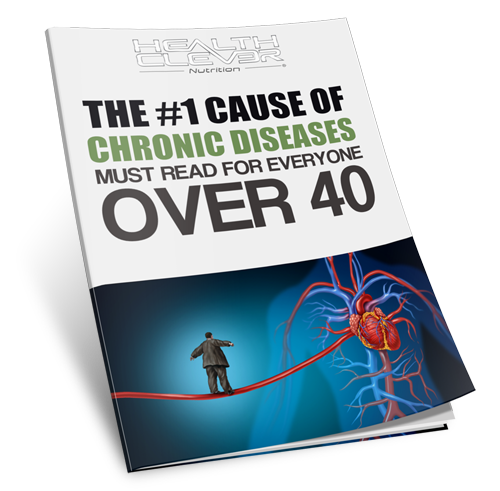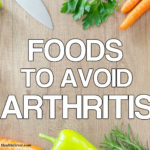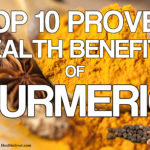FOODS TO AVOID ARTHRITIS
“Choose Your Media Preference, Video, Text/Read ”
Video:
Foods to Avoid Arthritis – Arthritis can be considered an umbrella term for a number of conditions or diseases. They primarily relate to joint pains, stiffness, tenderness and even swelling caused mainly due to inflammation around the joints.
There are various types of arthritis. The more common conditions affect the major joints within the body – hips, knees, fingers, and wrists. However, some may even affect connective tissues and organs (heart, skin, eyes, and lungs) and present more widespread symptoms.
Cases such as osteoarthritis, fibromyalgia, rheumatoid arthritis (RA), lupus, and gout are seen more frequently than others.
The onset of these conditions can be because of various factors like age, sex, genes, injuries, and weight. Although anyone can develop arthritis, it is more common amongst adults over the age of 60, especially women.
Typical treatment usually involves anti-inflammatory and pain-killing medicines.
But apart from the factors mentioned earlier, if there’s one important aspect that helps slow down or even prevent arthritis it’s our diet; the food we eat and the nutrition we get from it.
While there may not be a magic food or nutrient that completely prevents arthritic conditions, there are some foods that are found to increase inflammation in the body which can then lead to higher chances of developing arthritis, whereas limiting these foods can show signs of improvements for an individual who has been dealing with symptoms of joint troubles.
On the other end, there are even ‘anti-inflammatory’ foods to avoid arthritis which assist by reducing body inflammation. Some examples of such foods are listed out below:
Foods to Avoid Arthritis
Foods to Avoid:
Salt (or Sodium): even if you aren’t a particularly “salty” person, given that nearly every processed or packaged food contains salt, you are most likely getting more of it than required. Excess salt promotes inflammation in the body.
Hence, limiting your salt intake to no more than 1,500 mg/day (less than 1 teaspoon) can help.
Although that may sound very difficult, it’s really not. Some ways to ensure low salt intake is by reading food labels carefully, substituting salt for herbs and spices to boost flavor, and eating fresh, home-cooked meals.
Fried foods: these foods are not only high in salt but also have a large amount of omega 6-fatty acids and saturated fats – both of which have been proven to increase inflammation.
Also, omega-6 fatty acids are produced in sufficient amount within the body and does not need to be consumed from external sources.
Refined sugar: on consuming an excess amount of simple sugar or sugary treats, the body releases hormones which contribute to inflammation. For those people who have a sweet tooth, try replacing those sugary treats with fruits – which help manage inflammation and also help beat the sugar craving through natural sugars instead.
White-grain products: these products like pasta and bread are quickly broken down in the body and converted to sugar, which like mentioned above isn’t ideal. Whole-grain alternatives like brown rice, quinoa, oatmeal, etc. can be used in their plac
Alcohol: although the occasional drink is fine, excessive consumption can lead to an array of health issues because it limits the body’s ability to absorb important nutrients.
The above list is by no means exhaustive, but it is definitely a good place to start. Understandably, it’s not easy or even ideal to all of a sudden eliminate certain foods you’re accustomed to for years. Hence why – it’s important to take a gradual approach to change your eating habits.
Approach it as a long-term lifestyle change rather than a quick-fix diet, start off with small steps, and take it from there.
Foods to Add:
Veggies: you can never go wrong with adding more veggies to your meals. Consider broccoli, red cabbage, and especially, the green-leafy one likes spinach, kale, bok-choy – all of which are packed with important vitamins like A, C, D and K and are also a good source of calcium for the bones.
Citrus: sources of Vitamin C like that found in oranges, grapefruits, and limes hold anti-inflammatory properties.
Beans: a great and inexpensive source of protein, fiber, iron, zinc, and magnesium – beans such as kidney, red and pinto beans can be an excellent addition to your diet.
Turmeric: Indians have used turmeric as a pain-killer for thousands of years.
Now, new research backs this powerful anti-inflammatory property of turmeric to reduce inflammation naturally, without the use of harmful pharmaceuticals.
It’s something that can be added to your current diet very easily either within cooked food (which adds flavor as well) or even as a supplement.
Healthy Fats: healthy fat sources like fish (salmon and tuna), nuts (almonds, pistachios, walnuts), and healthy oils (olive oil) have a good amount of omega-3 fatty acids which act as natural anti-inflammatory agents.
Omega-3, unlike omega-6, is not made by the body and therefore, it must be taken through the previously mentioned sources or can be taken through supplements as well.
Bonus – Dairy Products: while dairy products like milk, cheese, and yogurts can be a good source of Vitamin D, calcium, and protein, different people have different reactions towards it.
You could try some low-fat options or even try eliminating it for a few months to see how you feel. If dairy doesn’t suit you, there are various other options, like those mentioned above, to gain the same benefits.
Adding the right Foods to Avoid Arthritis into your diet can sometimes be just as hard as avoiding the not-so-good foods.
Not everything might suit your palette, but again, it’s not that you must include all these foods, instead, try finding the ones that you actually enjoy eating and also provide a diversity of nutrients. Remember to give it time because it can take a while to develop a taste.
Finally, it’s also important to note that because nutrition is a very individualized subject, not every food will necessarily work (or not work) for every person.
It’s all about trying and testing and then adapting your diet according to what works best for you, personally.
Let us know in the comments below if any of the foods, whether they’re on the list above or not, have helped you avoid arthritis!
Download PDF Version of Article: Foods to Avoid Arthritis
Sources and Citations:
– https://www.webmd.com/rheumatoid-arthritis/ra-foods#3
– https://www.healthline.com/health/foods-to-avoid-with-arthritis#bottom-line
– https://www.arthritis.org/living-with-arthritis/arthritis-diet/best-foods-for-arthritis/best-foods-for-arthritis-6.php
– https://www.linkedin.com/pulse/top-8-arthritis-foods-avoid-dr-david-koivuranta
– https://www.arthritiscare.org.uk/assets/000/001/884/Healthy_Eating_2017_Update_original.pdf?1510587218
– https://rheumatoidarthritis.net/nutrition/revealed-10-aggravating-foods-avoid-ra/











